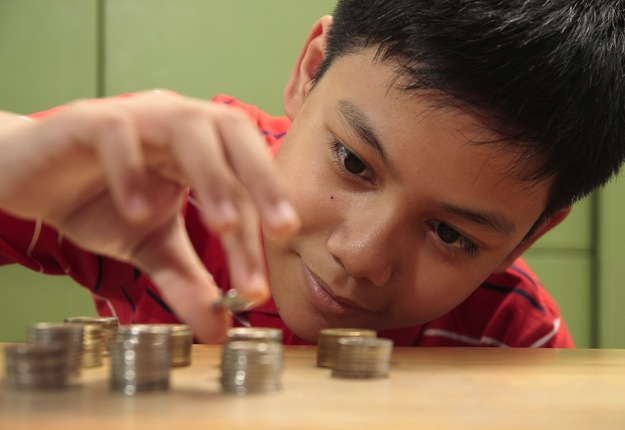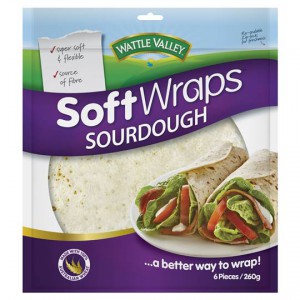Aussie investment advisor and father-of-two, Scott Pape, shares his tips on how to not raise a spoilt brat.
Scott shares on his blog some really sound advice. He firstly noted that according to a recent study from comparison site Finder, the average parent is paying out $483.60 per year in pocket money per child.
The survey also found that, of the 3.3 million Aussie kids who receive pocket money, only a third have to do any chores to earn their cash!
Is it any wonder some kids grow up to be entitled little brats? asks Scott.
He goes on to share his five pocket money tips for raising financially fit kids.
#1 Don’t Pay Your Kids For Basic Chores
Most kids get paid to do nothing. Bad.
And even if they do end up working for their pocket money, it’s usually for doing a few basic chores around the house.
The danger is that if you pay them for basic chores then you’re creating a pavlovian response that tells them that the only reason they should bother lifting a finger is if they’re being paid.
No, no, no!
You need to explain that everyone needs to pitch in and help out the family, for free.
Example: “Boy, have I got a deal for you! If you set the table each night, you get to … eat.”
#2 Give Them Responsibility
Understand that pocket money isn’t about the money — it’s a tool for financial education.
If you get it right, your kid will gain an appreciation of the value of a buck, a sense of accomplishment, and the self-confidence that comes from being able to earn their keep.
So, set them age-appropriate jobs: younger primary school kids can mow lawns, wash cars, crutch sheep. Older primary school kids should be able to cook the family dinner once a week: give them a budget, make them do the shopping, and have them explain over dinner how much it all cost.
#3 Pay Them Quickly
How much should you pay?
A good rule of thumb is $1 for each year of their age — so a five-year-old will get $5.
Now, and this is important, make sure you have a good supply of $1 and $2 coins on hand so you can pay your kids straight after they’ve finished a job. Don’t keep them waiting till the end of the week — what we’re trying to do is create the link between work and money.
#4 No Bank Accounts
For primary school kids, bank accounts totally suck.
The only reason student bank accounts are popular is that they’re a lucrative marketing tool for the big banks, who want to sign up kids as quickly (and as cheaply) as they can.
Yet kids learn by seeing — you want them to watch the dollars piling up as they work. Enter my infamous ‘Jam Jar’ approach: grab three empty jam jars and label them ‘Spend’, ‘Save’ and ‘Give’.
Divide the gold coins evenly each time they do some work. These are the building blocks of good financial behaviour: encourage them to spend wisely (their choice), encourage them to save up for something, and, finally, show them how much fun it is to give to other less lucky kids.
Scott adds, “Raising financially fit kids — generous, hardworking kids — is your ultimate responsibility as a parent.”
Interesting that he says NO bank account. I totally see his point, but that is one of the first things many parents do for their child. Back to the good old money box. Can you even get them anymore?
Share your comments below.
Image stock photo
Read more from Scott Pape, Barefoot Investor here
We may get commissions for purchases made using links in this post. Learn more.




















-

-
-
-
mom94125 said
- 01 Nov 2017
Reply
-

-
-
-
Ellen said
- 24 Feb 2017

Reply
-

-
-
-
mom57619 said
- 23 Feb 2017
Reply
-

-
-
-
youngoldlady said
- 23 Feb 2017
Reply
-

-
-
-
mom93821 said
- 23 Feb 2017
Reply
-

-
-
-
taynik46 said
- 23 Feb 2017
Reply
-

-
-
-
mom112217 said
- 23 Feb 2017
Reply
-

-
-
-
june11 said
- 23 Feb 2017
Reply
Post a comment8:07 am
7:52 am
11:42 pm
8:29 pm
7:09 pm
4:30 pm
2:07 pm
12:46 pm